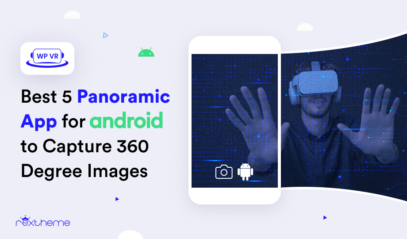Let’s be real—traditional training methods can feel repetitive and forgettable these days. Learners may go through the motions, but how much actually sticks?

But, imagine if your team could step into a better, hands-on environment that makes learning feel real and impactful. That’s exactly what VR training does.
And it’s not just hype!
Studies show that learners are up to 275% more confident in applying what they’ve learned after VR training.
In this blog, I’ll explain what VR training is, why it’s worth considering, how to implement it effectively, and some amazing real-world examples showing how businesses are using it in 2025.
Let’s dive in and see how this tech is reshaping the future of learning.
What Is VR Training?
Virtual reality training lets you create lifelike scenarios where you can practice skills without any real-world risks. It’s like stepping into a fully interactive simulation tailored to the specific tasks your team needs to learn.
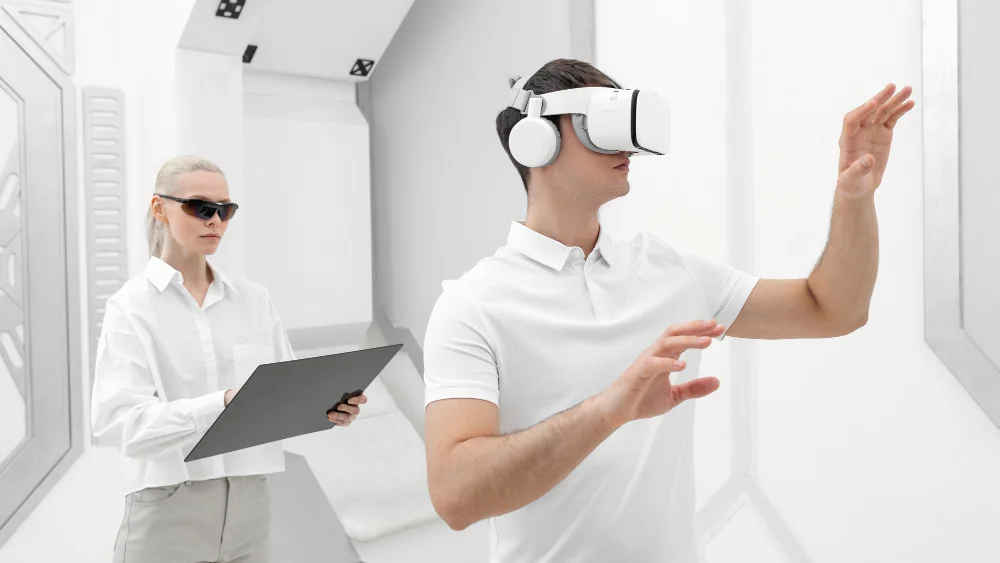
Whether you’re training someone to handle heavy machinery or preparing healthcare professionals for emergency situations, VR training provides a safe and controlled environment to practice.
Imagine you’re training a new construction worker on the proper way to handle heavy machinery, like a crane. Instead of reading about safety procedures or watching videos, you could have them step into a VR simulation where they’re virtually operating the crane on a live construction site. In this scenario, they can practice lifting and moving materials, identifying potential hazards like unstable ground or overhead power lines, and responding to emergency situations, such as a mechanical failure, all in real time.
But there are some features that have to be maintained while hosting VR training.
Key Features of VR Training
Now, let’s break down the key features that make VR training such a powerful tool for your business:
i. Immersive, interactive environments:
With VR, your team doesn’t just watch a training video—they experience it.
Say, you’re training a new hire in manufacturing. Instead of walking them through processes verbally, you can immerse them in a virtual factory where they can interact with machinery, learn workflows, and practice troubleshooting errors.
This hands-on experience builds their confidence and skills faster than traditional methods.
ii. Real-time feedback and analytics:
VR doesn’t just show you how well someone is performing. It gives you live insights that highlight areas where they’re excelling and where they need improvement.
Think about a flight simulation for pilot training. As the pilot practices, the system provides instant feedback, showing them what they did right and pinpointing where they can improve.
This makes the training process much more effective and allows you to fine-tune learning paths.
iii. Multi-user functionality for collaborative training:
VR training isn’t limited to one person at a time. In industries like healthcare, where teamwork is essential, VR lets multiple people train together in the same virtual space.
Imagine a scenario where doctors, nurses, and support staff are training for an emergency. They can all practice together, interacting in real-time, communicating, and learning the importance of coordination in a crisis.
iv. Scenario customization for industry-specific needs:
One of the biggest advantages of VR is that you can tailor the training environment to your exact industry needs.
For instance, a firefighter can train for various rescue operations in VR, practicing everything from putting out fires to rescuing trapped victims.
If you’re in retail, you can create simulations for customer service scenarios, like handling difficult customers or managing inventory. VR lets you customize everything to match the challenges your team faces daily.
These features make VR training a unique, interactive, and highly effective solution for businesses looking to level up their employee training.
Benefits of VR Training
Now that you understand what VR training is and how it works, let’s dive into the real benefits you can expect when you implement it in your training programs.
Here’s how VR training can directly benefit you and your team:
i. Enhanced learning outcomes:
When employees are fully immersed in a VR training environment, they retain information much better than through traditional methods.
Instead of explaining the process, you can let the employee practice it in VR, repeating actions until they get it right. This hands-on practice leads to better retention and faster skill development.
ii. Reduced costs and risks:
VR training significantly cuts down on the expenses that come with traditional training methods.
No more travel costs, no need to rent expensive training equipment, and no more worrying about safety risks when training in hazardous environments.
iii. Faster onboarding and upskilling:
VR training speeds up the time it takes for new employees to become proficient in their roles.
Instead of waiting for lengthy on-the-job training or relying on costly in-person instruction, your employees can quickly get up to speed by practicing scenarios in a VR setting.
Take the healthcare sector, for instance. Doctors, nurses, and emergency responders can complete simulations of surgeries or emergency procedures quickly, allowing them to gain the skills they need in a fraction of the time it would take with traditional methods.
These are just a few of the specific ways VR training can transform your business. By making learning more engaging, cost-effective, and efficient, VR helps you train your employees more effectively and prepare them for success.
So, you know how VR training can benefit your business and it’s time to talk about the best ways to get started.
Best Practices for Implementing VR Training
Implementing VR training the right way will set you up for success, making sure your team gets the most out of the technology.
Here are some practical steps to help you integrate VR training effectively into your organization:
i. Align Training Goals With Business Objectives
First, define what you want to accomplish with VR training.
Are you aiming to improve skill mastery, increase learner engagement, or ensure better knowledge retention?
For example, if you’re training healthcare students, your goal might be to enhance their confidence in performing specific procedures. Pinpoint these objectives and tie them to measurable outcomes like exam performance or time taken to complete a task.
This alignment keeps your program focused and effective.
ii. Start Small and Scale Gradually
Instead of diving in headfirst, begin with a pilot program for a specific audience.
For example, start by offering VR modules to one class, team, or group of learners. Gather feedback on what worked, what didn’t, and what can be improved. Once you’re confident in the results, gradually expand it to larger groups or other departments.
This approach minimizes risks, helps fine-tune the experience, and ensures a smoother rollout.
iii. Invest in the Right Tools and Resources
Choosing the right tools is key to creating impactful VR training. Focus on platforms and devices that suit your specific needs:
- Hardware: Use reliable VR headsets like Oculus Quest 2 or HTC Vive to deliver immersive experiences. These headsets offer clear visuals and ease of use, making them ideal for learners of all levels.
- Software: Look for tools that enable you to create customizable VR environments. For instance, WPVR can help educators create interactive virtual tours for students, such as walking them through an ancient archaeological site for history lessons or demonstrating lab safety protocols for science learners. These tools bring learning to life, making it interactive and memorable.
- Analytics Tools: Platforms offering real-time data on learner progress, like engagement time or success rates, help you fine-tune the program.
By prioritizing the right tools and resources, you ensure the VR training experience meets the needs of your learners while delivering measurable outcomes.
Comparison Between advantages and disadvantages of Virtual Reality Training
While VR training offers many benefits, it’s important to weigh the advantages against the challenges.
Here’s a clear comparison to help you see both sides:

So, this balanced view helps you decide if VR training fits your specific goals and resources.
Examples of VR Training in Action
After getting to know about the benefits and best practices, let’s look at how VR training is already making an impact in different industries. These real-world applications show just how practical and effective VR can be.
i. Healthcare and Emergency Services
VR is revolutionizing healthcare education by enabling students and professionals to practice complex procedures without real-world risks.
For example, Stanford University uses VR simulations to train medical students in performing intricate surgeries like tumor resections.
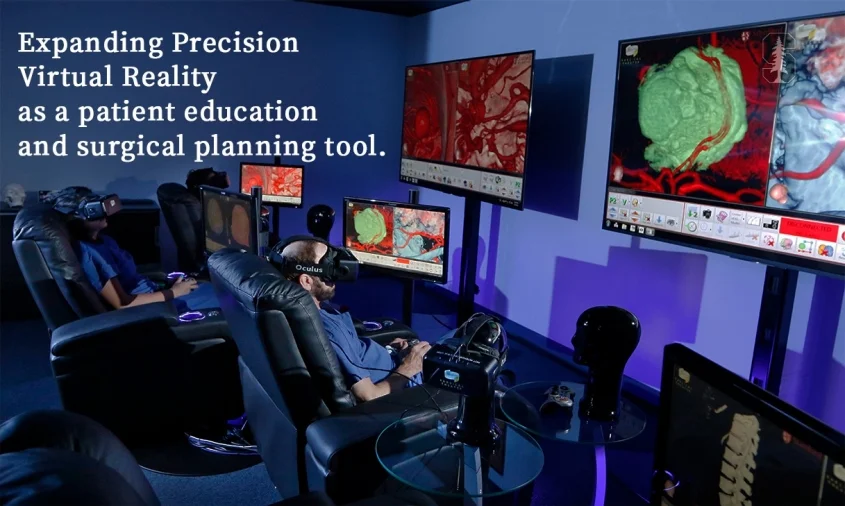
**If you want to know more about how virtual reality is revolutionizing the healthcare industry, go through our detailed guide.
Emergency services are also seeing advancements.
In Australia, firefighters trained for bushfire emergencies using VR scenarios that replicated real-life conditions, such as limited visibility from heavy smoke and extreme heat.
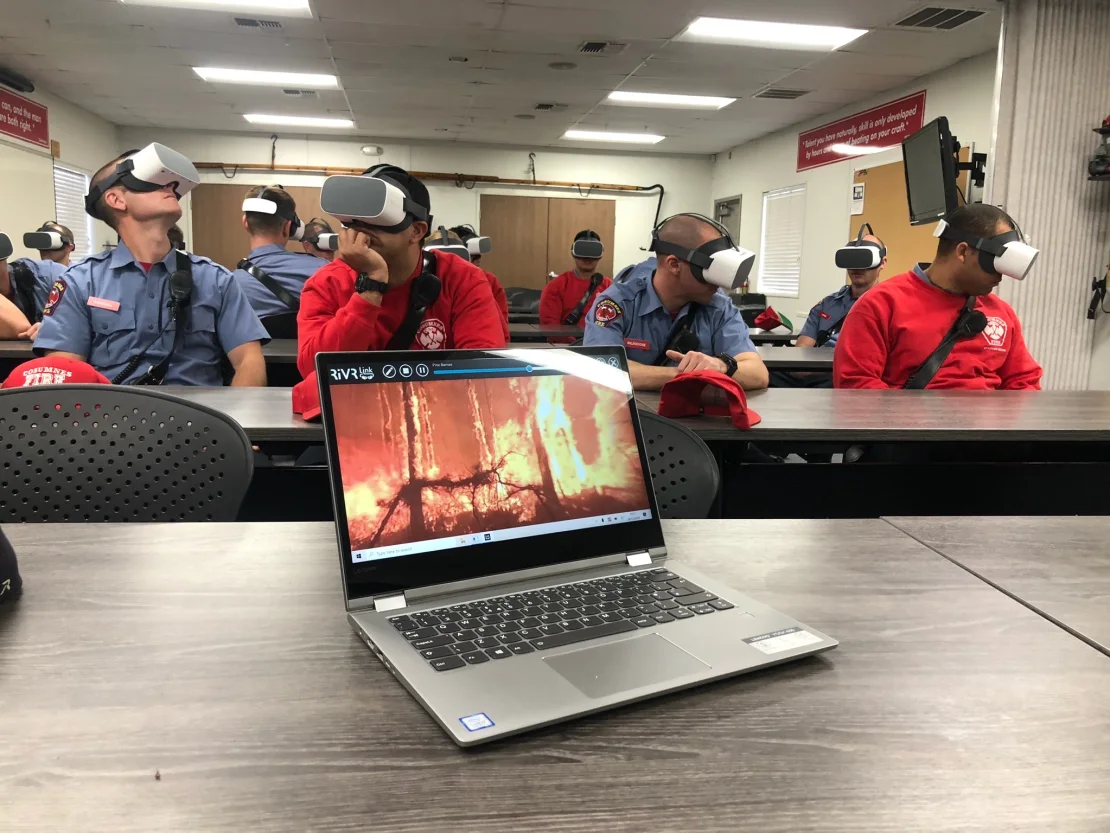
This approach improved their preparedness and decision-making abilities in high-pressure situations.
ii. Construction and Manufacturing
Construction sites are inherently risky, but VR is changing that by creating safe training environments.
Bechtel, a global leader in construction, uses VR to train workers to operate heavy equipment like cranes and forklifts.
This allows workers to gain practical experience in identifying hazards and mastering equipment controls without stepping onto an active site.
In manufacturing, VR is optimizing complex industrial processes.
Siemens uses VR to train factory operators in assembly line procedures and maintenance for large-scale equipment like turbines.
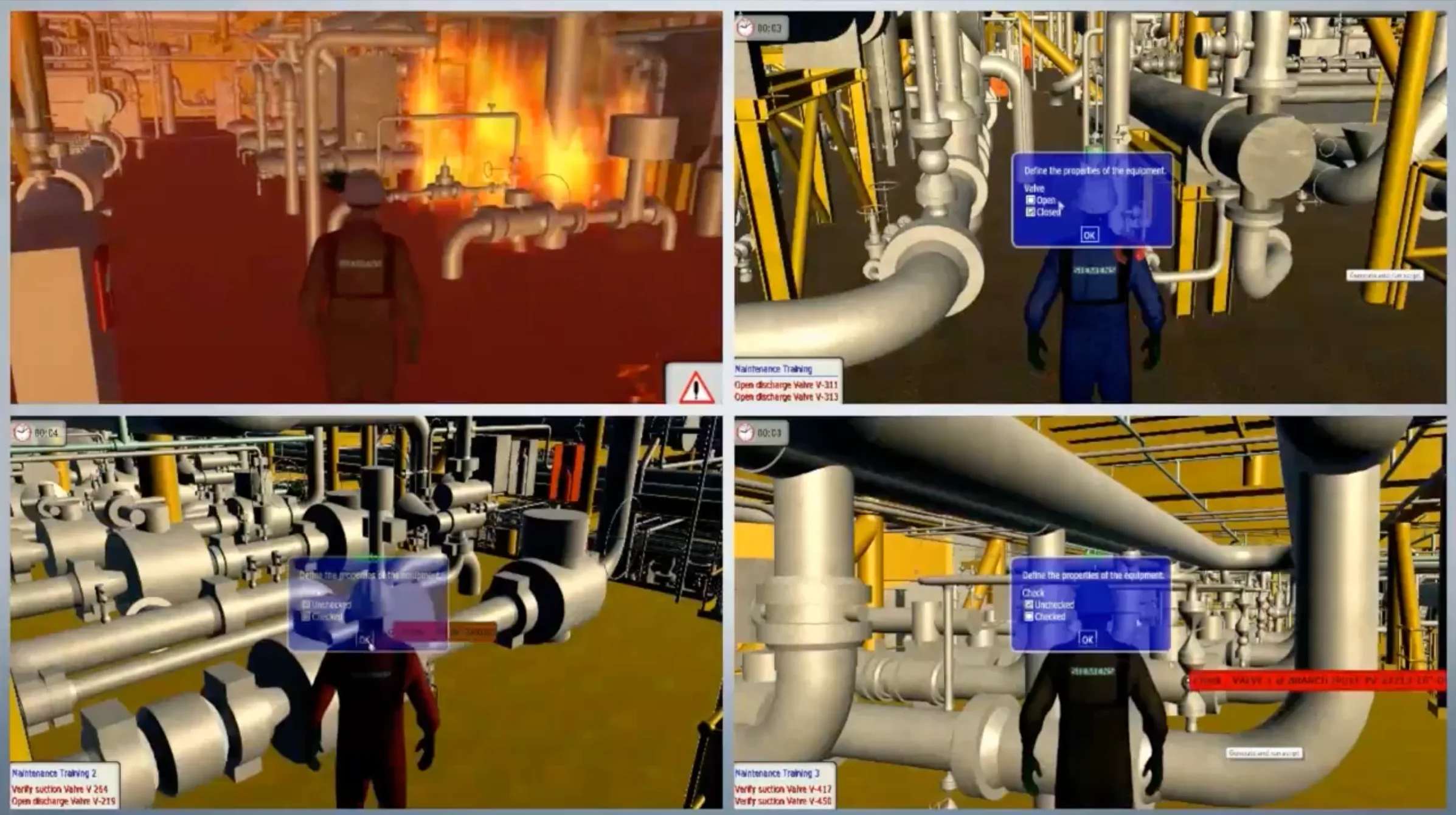
Workers learn to identify mechanical issues and troubleshoot solutions in a virtual environment. This reduces downtime, minimizes mistakes, and ensures better handling of critical machinery during actual operations.
This method has significantly reduced errors and training time while boosting productivity.
iii. Aviation and Automotive
Aviation has relied on simulators for years, but VR takes training to new heights with immersive experiences.

Lufthansa Airlines uses VR to simulate emergency scenarios, such as engine failures or severe turbulence, giving pilots a realistic environment to practice handling critical situations.
These training sessions ensure pilots can react swiftly and effectively in emergencies.
In the automotive industry, VR is helping technicians stay ahead of advancing technology.
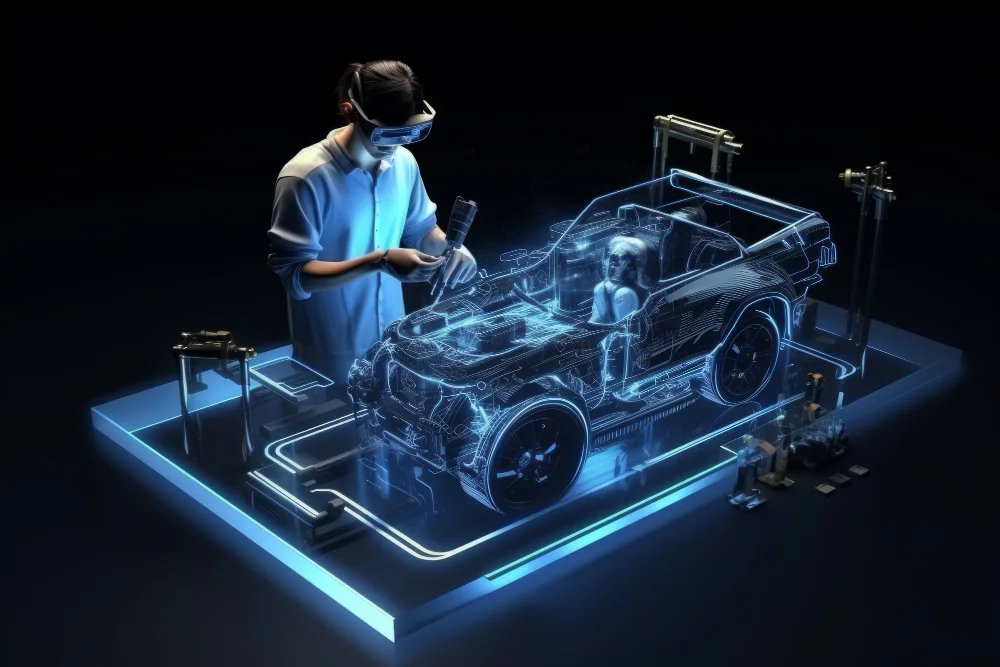
Ford has implemented VR training for assembly line workers, allowing them to practice installing complex car parts virtually.
The hands-on nature of this training makes complex repairs faster and more accurate, ensuring vehicles meet customer expectations.
These examples highlight how VR is shaping the future of professional training by improving skills, reducing risks, and enhancing real-world readiness.
Why Choose WPVR for Creating Virtual Environments?
By now, you’ve seen how VR training can transform learning across industries. However, creating a realistic and interactive environment for your training doesn’t have to be complicated.
WPVR makes it easy for you to design virtual spaces that feel lifelike and engaging, even if you’re not a tech expert.
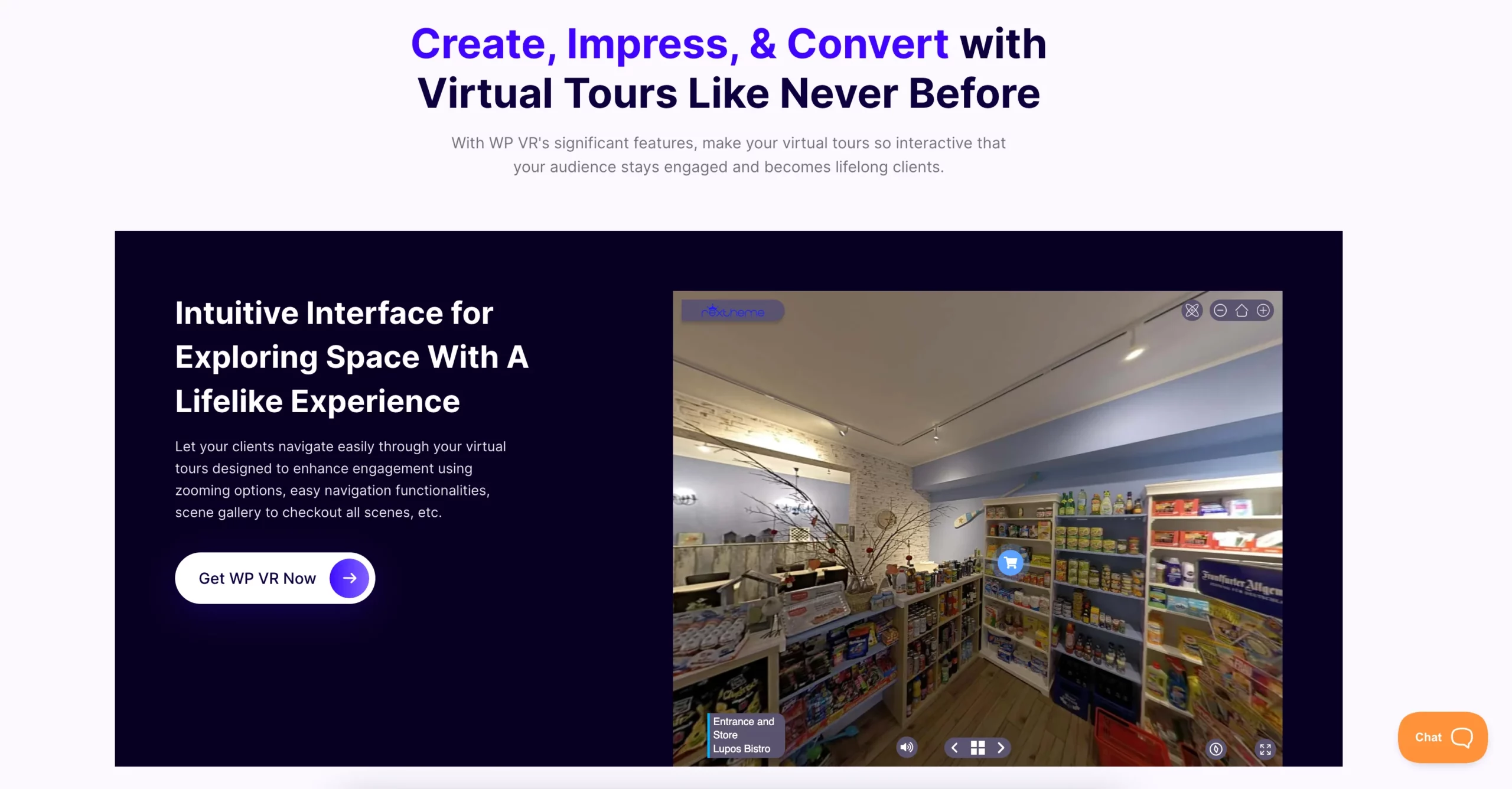
WPVR is designed to help you build immersive virtual tours that elevate your VR training. Whether you’re simulating a hospital ward, a manufacturing plant, or an aircraft cockpit, WPVR gives you the tools to make it happen.
With its intuitive drag-and-drop interface, you can create highly detailed 360° environments that guide learners through scenarios step by step.
Some of its standout features include:
- Hotspots: Add interactive elements like videos, images, or text to highlight key areas within the environment.
- Customizable Scenes: Switch between multiple locations seamlessly, giving users a comprehensive learning experience.
- Device Compatibility: Ensure your training works across devices, from desktops to VR headsets.
With WPVR, you can design training environments that bring your ideas to life, helping learners gain real-world experience in a controlled and immersive way.
Schlussbemerkungen
VR training isn’t just a trend; it’s a practical solution reshaping the way learning happens in 2025. From healthcare and construction to aviation, the examples I’ve explored highlight how virtual reality creates engaging, impactful training experiences that prepare learners for real-world challenges.
The benefits are clear: better retention, enhanced skills, and measurable outcomes that justify your investment.
As you think about integrating VR into your training programs, tools like WPVR can make the process simpler and more effective.
With its ability to create immersive, interactive virtual environments, WPVR helps you bring your training vision to life without requiring a technical background.
Whether you’re just getting started or looking to enhance your existing efforts, VR training is your opportunity to stay ahead in an increasingly competitive landscape.
FAQs
1. How expensive is VR training implementation?
The cost varies depending on the complexity, but basic setups start at a few thousand dollars.
2. Is VR training only for large businesses?
No, small businesses and educational institutions are adopting VR for affordable, scalable training.
3. What industries benefit most from VR training?
Healthcare, construction, aviation, and manufacturing are some of the biggest adopters.
4. How long does it take to create a VR training program?
Timelines vary, but simple programs can be ready in a few weeks, while complex modules may take months.
5. Can VR training improve employee retention?
Yes, VR’s engaging, hands-on learning helps learners retain information better, boosting job confidence.






![What is VR Training? Benefits, Best Practices & Examples [2025]](https://rextheme.com/wp-content/uploads/2025/02/What-is-VR-Training_-Benefits-Best-Practices-Examples.webp)


